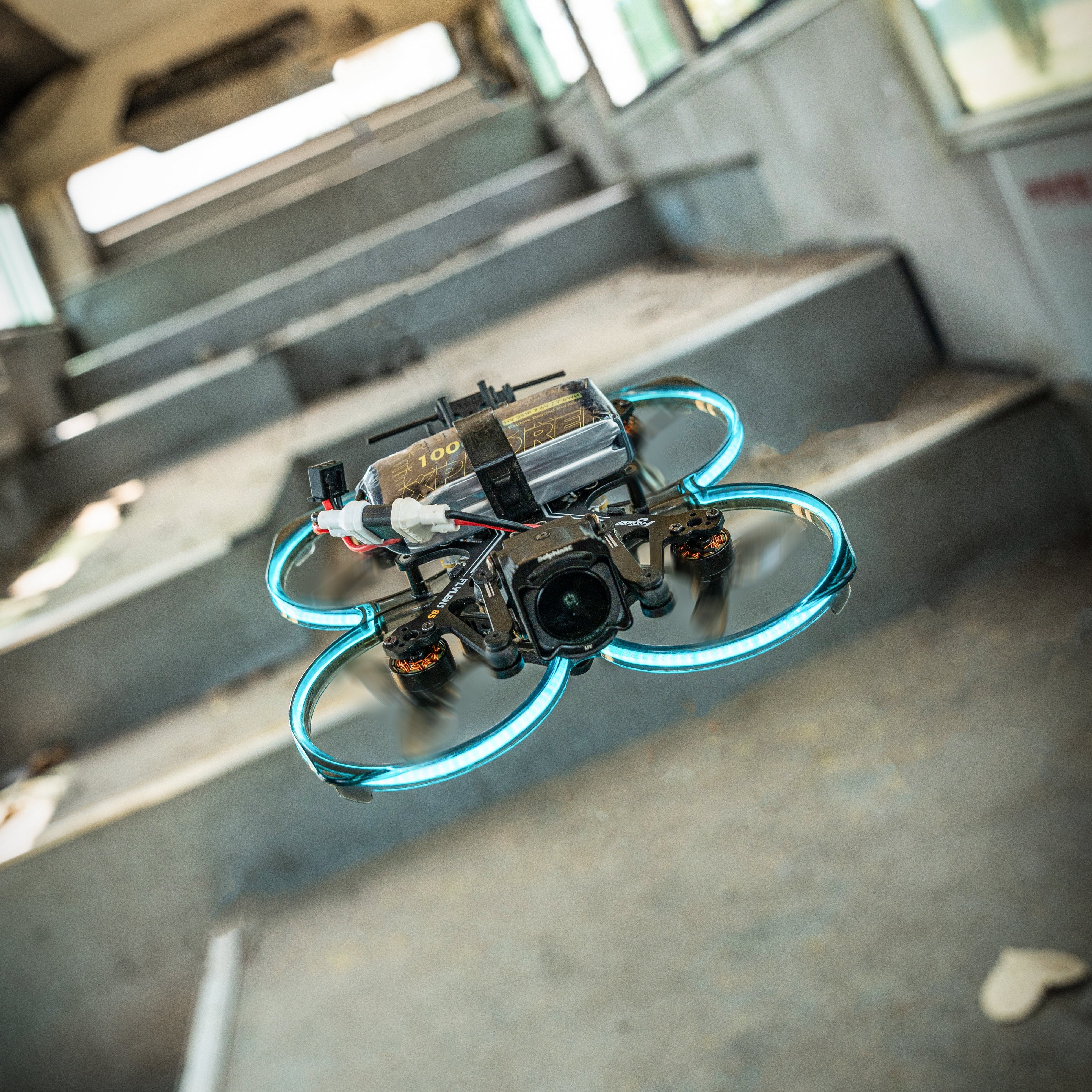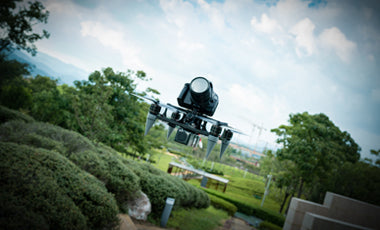1.Quadcopter Drones vs. Fixed-wing and Helicopter Drones
1.1 Consumer-grade Drones
Quadcopter drones are commonly found in aerial photography equipment and remote-controlled toys. "DJI" is a well-known manufacturer of consumer-grade drones, and its details are not discussed here. In comparison to fixed-wing aircraft, helicopters, and other drones, quadcopters have a more intuitive control mechanism and higher flight freedom. However, their flight endurance is relatively short, typically within thirty minutes. After nearly a decade of technological development, quadcopter drone technology has become highly mature. A ready-made drone often comes equipped with excellent balance algorithms and multiple obstacle avoidance sensors, allowing operators to fly safely with minimal experience.
1.2 Racing Drones
Racing drones are a special category within quadcopter drones, characterized by significantly higher speed and agility than regular quadcopters. They pose greater control challenges and have shorter flight times. The main differences in control mechanisms between consumer-grade drones and racing drones lie in altitude control and self-stabilization. These distinctions will be detailed in the subsequent simulator flight section.
Although there are differences between the two, regular drones can quickly eliminate the unfamiliarity for pilots, help establish a good spatial understanding, grasp the control principles of the remote controller, and enhance hand-eye coordination.
2.Drone Control Mechanisms
2.1 How Do Two Joysticks Control the Drone?

Drones navigate in three-dimensional space. While controlling the aircraft's speed (throttle channel), pilots must also control its orientation in three directions (pitch channel, yaw channel, roll channel), totaling four channels. Each direction of joystick movement is referred to as a channel, with each joystick having vertical and horizontal channels. Therefore, controlling a drone requires a minimum of two joysticks. The meanings of these four channels are as follows:

Throttle

Yaw

Pitch

Roll
Understanding the throttle, pitch, yaw, and roll control concepts is crucial, especially for racing drones.
3.Visual Flight Exercises Basic visual flight exercises can be conducted using various DJI drones or inexpensive toy drones available on platforms like Taobao. The following steps are recommended for beginners:
-
Unlock before Flight To prevent injuries from propellers, all drones feature an unlocking mechanism. Only by lowering the throttle to the minimum and toggling the unlock button can the rotor be activated.
-
Tail-in Flight Place the drone in front of the operator before takeoff, ensuring that the nose direction aligns with the visual direction. This establishes a consistent reference direction for both the drone and the operator.
-
Altitude and Circles Exercise Hover the drone at a designated height and use only the right joystick to perform circular flights. Once proficient, attempt to reduce the radius or practice figure-eight flights.
-
Circle Flight The operator rotates in place while using the left and right joysticks to make the racing drone circle synchronously, maintaining the tail-in position. Practice in both clockwise and counterclockwise directions.
-
Follow Flight After setting a predetermined flight path, the operator controls the racing drone along the route. Maintain a follow position during flight to keep the tail-in orientation.
Flying without maintaining a tail-in position is more challenging, but for FPV racing drones that typically operate in a first-person perspective, mastering tail-in flight skills is essential.





Leave a comment